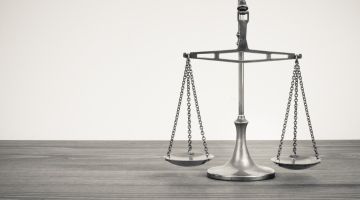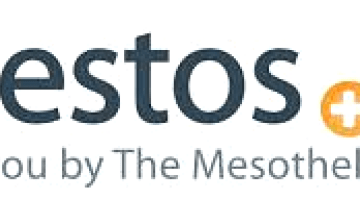Illness/injury prevention
IWH has a long history of conducting research to provide practical guidance to employers, workers, OHS professionals and regulators about what works and what doesn’t in injury or illness prevention. This research targets the injury and illness prevention practices of workplaces, as well as the programs developed by governments, health and safety associations and others to support and motivate workplaces to adopt effective practices.
Featured

At Work article
Differences in firm-level AI use for health and safety
To what extent are Canadian workplaces using artificial intelligence (AI) to help support workers’ health and safety? And what do these workplaces have in common? An IWH study surveyed firms across Ontario and British Columbia to find out.
Published: October 8, 2025

Impact case study
Saskatchewan’s construction safety group uses IWH tool to improve safety culture
This case study details how the Saskatchewan Construction Safety Association (SCSA) members have been analyzing IWH-OPM scores to adjust their safety practices and how SCSA has been using the data to tailor their outreach.
Published: February 10, 2025

Impact case study
Ontario prevention system adopts IWH conceptual framework for OHS vulnerability
A new way of thinking about "vulnerable workers" makes inroads with Ontario's Ministry of Labour and its partners.
Published: October 2016

IWH in the media
New tool measures workplace safety systems and culture
How safe do you really feel in your workplace? What’s your day-to-day experience when it comes to health and safety? Enter the CAAT – or Climate Audit and Assessment Tool – a new way to measure workplace health and safety systems and culture. This article on the tool mentions the Institute for Work & Health's involvement in the project.
Published: Workplace Safety North, September 2016

At Work article
Employers that focus on both operations and safety don’t have to sacrifice either
Think there's a trade-off between safety and productivity? Evidence suggests you think again.
Published: August 2016

At Work article
'Too much standing hurts, too'
It might be a common perception that prolonged sitting is linked to increased pain or injury, but the evidence indicates that too much standing is also a risk factor, says PREMUS keynote speaker Dr. Jack Callaghan.
Published: August 2016

At Work article
New cases of mesothelioma and asbestos-related lung cancer in one year cost $1.9B
First-ever estimate of the economic burden of asbestos looks at newly diagnosed cases in Canada in 2011.
Published: August 2016

At Work article
Forceful repetition a carpal tunnel risk factor
Repetitive hand motion and wrist posture alone aren't risks for carpal tunnel syndrome (CTS), but forceful hand exertion is.
Published: August 2016
Journal article
Journal article
Important factors in common among organizations making large improvement in OHS performance: results of an exploratory multiple case study
Published: Safety Science, July 2016

IWH in the media
Asbestos-related cancers cost Canada $2B
Canada spends about $1.7 billion annually on asbestos-related cancers stemming from occupational exposure, according to a recent Institute for Work & Health study.
Published: Asbestos.com, June 2016

IWH in the media
Asbestos-related cancer costs Canada billions
A first-ever estimate of the toll of asbestos-related cancers on society pegs the cost of new cases at $1.7-billion per year in Canada, and notes that is likely an under-estimate.
Published: The Globe and Mail, June 2016
Project report
Project report
Economic burden of lung cancer and mesothelioma in Canada due to occupational asbestos exposure (2016)
This June 2016 presentation provides an early look at the results of an economic burden study on the costs to Canadian society of new cases of lung cancers and mesothelioma attributable to occupational asbestos exposures in a particular year.
Published: June 2016